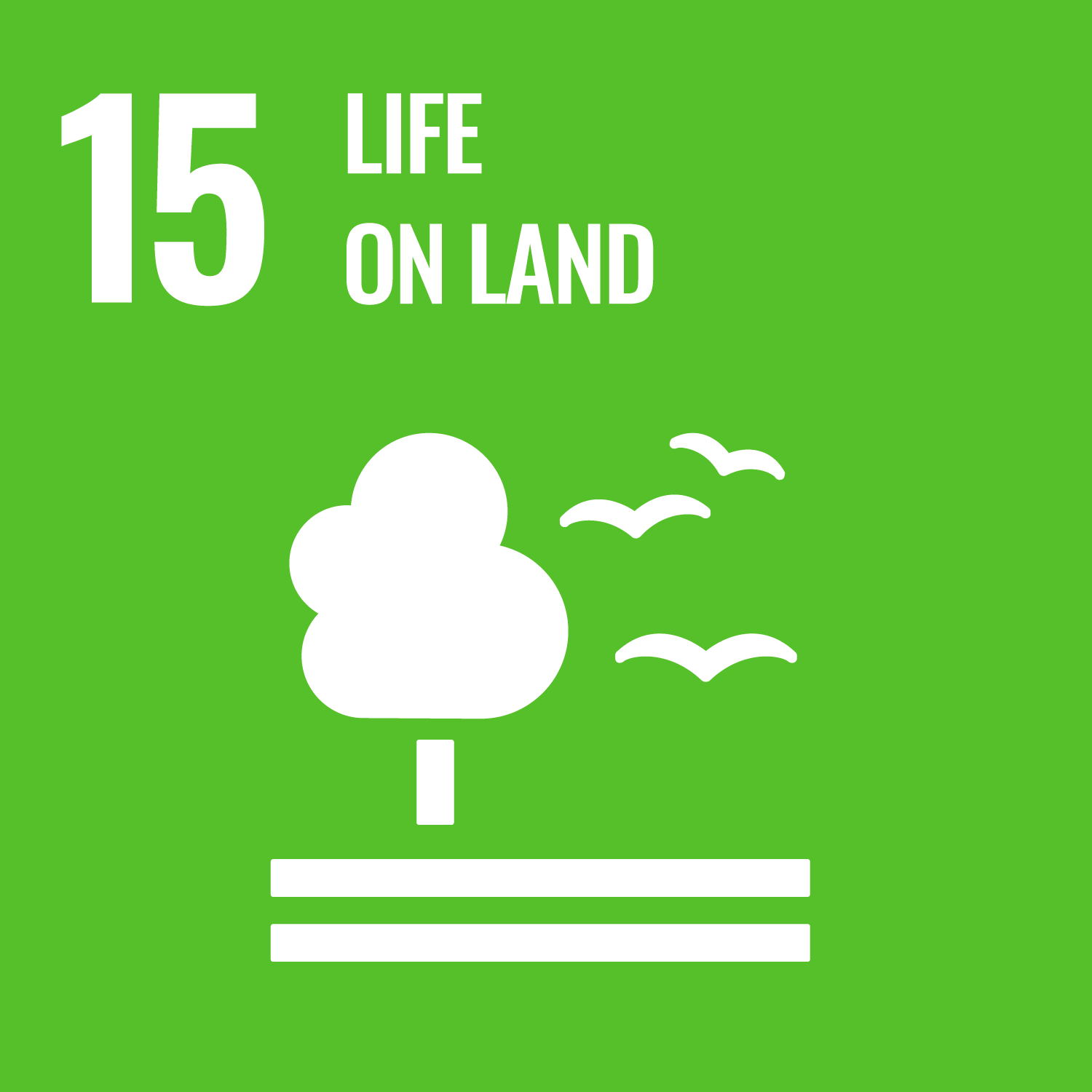
Forest management and ecosystem functionality: the delicate balance between human beings and nature
The vast majority of Europe's forests are currently used for timber production. The forest management strategies deployed for this purpose vary widely, and the impact of individual methods on understorey vegetation and consequently on forest biodiversity, the nutrient cycle and the regeneration capacity of the ecosystem also differs.
Despite the importance of forests also in the fight against climate change, no one had investigated the relationship between forest management methods and ecosystem richness and resilience. Until now. A collaboration of 52 scientists from 12 European countries, including a group of researchers from the Department of Environmental Biology of Sapienza University of Rome, carried out large-scale research on the topic for the first time. The results have been published in the Journal of Applied Ecology of the British Ecological Society.
Specifically, the researchers compared the effects of each forest management strategy on three distinct components: functional diversity, functional redundancy and dominance measured against forests not exploited for timber production.
The first indicator estimates the availability of species diversified by environmental function. The presence of high functional diversity increases the likelihood that, in the event of climatic instability or catastrophic events, certain species will be able to exploit the new conditions to their advantage, thus contributing to the ecosystem's post-disruption resilience.
The second indicator refers to the coexistence of species performing similar functions that can ensure the maintenance of ecosystem processes, such as productivity, carbon capture or nutrient cycling after the loss of species due to major disturbances or perturbations. Finally, the third concerns the dominance of one or more species over others.
The data required to assess these effects were collected locally at 2107 sampling points at 146 sites throughout Europe, each of which is associated with a specific management strategy. For each sampling unit, species were identified and the abundance of vascular plants in the undergrowth was estimated. The data were then entered onto a data management and harmonisation platform, which allowed for comparison.
The results show how different forestry methods impact on the undergrowth and its characteristics. In particular, if unmanaged forests have both functionally diverse and redundant undergrowth, the same effects can be achieved through low-intensity management and exploitation strategies.
On the other hand, intensive exploitation is associated with a decrease in functional diversity partially offset by an increase in functional redundancy. This implies that, although intensive management can maintain forest functions when some species are lost, the range of undergrowth responses to environmental changes is also severely limited with this type of management.
Thus, different management regimes influence different aspects of the functional characteristics of the undergrowth, and given the complexity of the interactions between these environmental components, it is impossible to identify a universally advisable forestry regime. Different options should be balanced in a forest landscape to support the multiple functions that human societies require of forest ecosystems.


References:
Silvicultural regime shapes understory functional structure in European forests - F. Chianucci, F. Napoleone, C. Ricotta, … S. Burrascano - Journal of Applied Ecology https://doi.org/10.1111/1365-2664.14740
Further Information
Sabina Burrascano
Department of Environmental Biology
sabina.burrascano@uniroma1.it